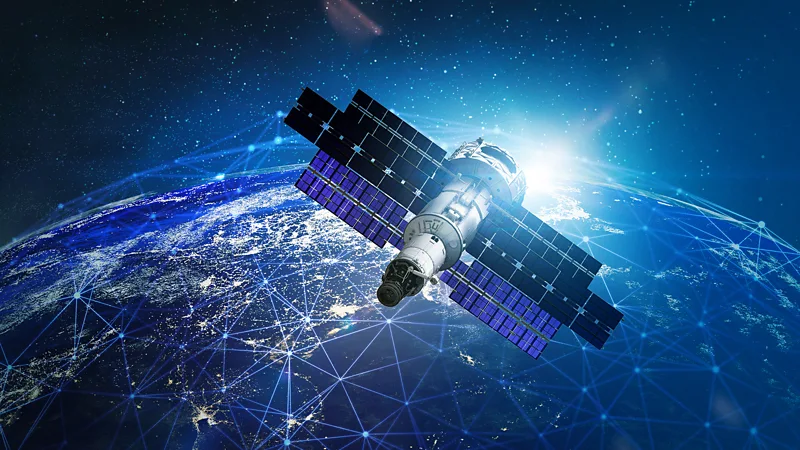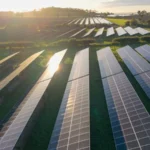Approximately two-thirds of the earth is always covered in clouds, making it impossible for conventional satellites to see much of the planet.
However, satellites can now be equipped with declassified technology called synthetic aperture radar (SAR) to “see” the Earth’s surface in the dark, through clouds, or through smoke from wildfires. This allows for a continuous, clear view of our planet and allows for the detailed display of surface changes.
Previously employed to outfit a comparatively small number of massive commercial satellites, start-ups like Iceye and Capella Space are now combining similar technology with constellations of low-cost nanosatellites in low-Earth orbit. The objective is to offer 24/7 surveillance of almost every location on Earth to all users, including armed forces and non-governmental organizations.
“SAR satellites can capture photos with greater resolution and a broader coverage than their optical competitors, regardless of the time of day. Holly George-Samuels, an associate scientist at security and defense companies QinetiQ, adds, “You don’t have to wait for the rain to stop or for the clouds to clear. “You can go obtain the information right now if you need it, and it will be better than it.







